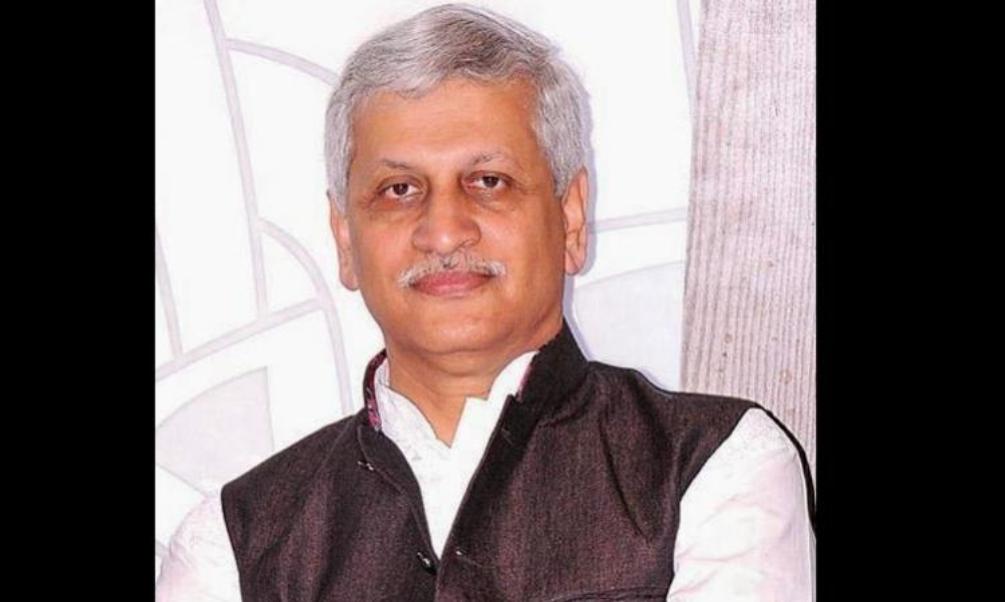Supreme Court Judge
NAME– Uday Umesh Lalit
PROFESSION– Supreme Court Judge
BORN – 9th November, 1957 (age- 63 years)
FATHER’S NAME – U.R Lalit
SPOUSE – N/A
SIBLINGS – N/A
CHILDREN – N/A
AWARDS – N/A
Uday Umesh Lalit is currently a judge in the Supreme Court of India and his is due to retire on 8th November, 2022 after more than 8 years of service.
SPECIALISATION – Criminal Law
BACKGROUND – Uday Umesh Lalit was in the world of law for a long time as his father, Retd. Justice U.R Lalit was an additional judge of the High Court of Bombay and a senior counsel at the Supreme Court. In his father’s footsteps, he became the
sixth senior advocate to be directly appointed as a judge to the Supreme Court
UPBRINGING and EDUCATION – N/A
WALK OF LIFE AS JURIST/ JUDGE– Uday Umesh Lalit was enrolled as an advocate in the month of June of the year 1983. He had then practiced as an advocate in the High Court of Bombay till December of 1985 after which he shifted his practice to Delhi in 1986. He continued his practice in Delhi till the time he was designated as a senior advocate of the Supreme Court’s Legal Services Committee along with being a member of the same for two terms. He was appointed as CBI’s Special Public Prosecutor in all 2G matters in the year 2011. Later, in 2014 he was appointed as a Judge in the Indian Supreme Court, making him the sixth senior advocate to be directly appointed. Uday Lalit has worked on many high-profile criminal cases and his clients include many politicians and film stars.
CAREER TIMELINE –
1983- Enrolled as an advocate and began his career by practicing in the High Court of Bombay.
1986- He worked with the Attorney General for India, Soli Sorabjee.
2004- His career as a senior advocate of the Supreme Court began when he was appointed on 29 April 2004.
2011- Judges GS Singhvi and AK Ganguly appointed Mr. Uday Lalit as the special public prosecutor for CBI in the 2G Spectrum Cases. They stated that “in the interest of a fair prosecution of the case, appointment of UU Lalit is eminently suitable.”
2014- The Supreme Court Collegium recommended him to be a judge in the Supreme Court which is also the tear he was appointed as one.
2019- He was a matter of interest to the news when he rescued himself from the five- judge bench that was to hear the Ayodhya Dispute Case.
2020- Uday Lalit was part of the two-judge bench to hear the Travancore Royal case which was about the Travancore Royal Family’s right to administer the Sree Padmanabha Swami Temple.
LAND MARK JUDGEMENTS –
Shayara Bano v. Union of India, (2017)-
This landmark judgement was given by a Constitution bench consisting of 5 judges, namely, Chief Justice Khehar, Kurian Joseph, RF Nariman, Uday U Lalit and S. Abdul Nazeer. The bench held triple talaq to be violative of Article 14 and hence, unconstitutional. Justice Nariman wrote the judgment for himself and Lalit, and held that the instant and irrevocable nature of triple talaq makes any attempt at reconciliation between the husband and wife an impossibility. This goes against the standard practices of Indian jurisprudence; hence, it is ultra vires.
Sri Marthanda Varma (D) v. State of Kerala, (2020)-
This case was related to the rights of the Travancore Royal Family in administrating of Sree Padmanabhaswamy Temple, which is one of the world’s richest temples. The temple is situated in Kerala. This case referred to multiple decisions after which it
was concluded that heritable property follows the line of inheritance of the founder and it is not open to the court to lay down a new rule related to succession or to make changes in the existing rule of succession.
Pyare Lal v. State of Haryana (2020)-
This was a case that was heard by a 3 Judge Bench consisting of Uday Lalit, MM Shantanagourdar and Vineet Saran. The issue of the case was whether a policy framed under Article 161 for grant of remission can override the requirements mentioned under Section 433-A of Code of Criminal Procedure (CrPC). The case has been referred to the Hon’ble the Chief Justice for constituting a Bench of appropriate strength to consider the issues raised.

